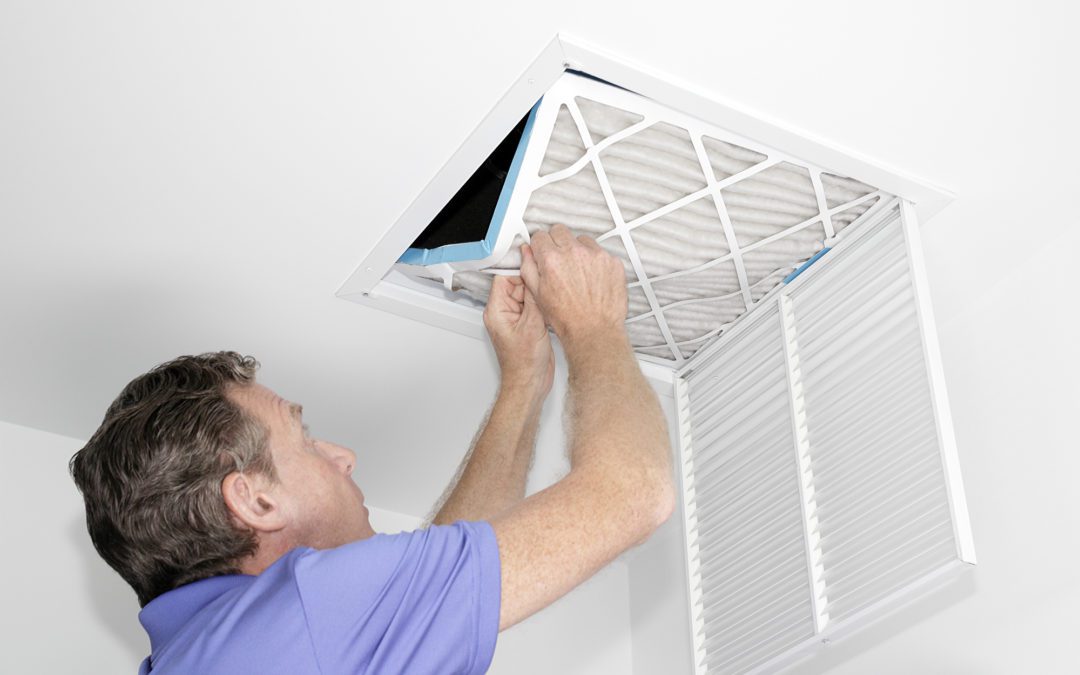Ventilation refers to the exchange of air from the outside to the interior. If you’ve ever asked yourself the question, ‘why do you need proper ventilation?’, it’s simply to create a healthier environment. Without ventilation, your house remains airtight and insulated. Consequently, you end up sealing in harmful pollutants such as carbon monoxide and moisture. These elements can cause serious damage to the occupants and other components within the house.
Essentially, you require oxygen to dilute metabolic pollutants within the home to improve air quality. While following ventilation procedures are critical, it shouldn’t replace proper pollutant control. If you have combustion appliances, a fireplace or an occupant who regularly smokes, you can expect poor air quality in the building. We’ll explore the reasons why you need proper ventilation.
Reasons Why Do You Need Proper Ventilation
Moisture condensation is a problem in many households across America. When warm air interacts with cold air, it starts forming moisture droplets, particularly on windows. Moisture leads to the development of mold, which is the root cause of several respiratory illnesses. The presence of moisture threatens the occupants’ health and can ruin insulation and cause structural damage, including peeling paint or wallpaper. Furthermore, high humidity levels can force your HVAC system to work harder, resulting in higher energy bills.
For these reasons, you should consider ventilating your home regularly to eliminate moisture and the constant threat it carries. Additionally, seal possible air-leakage gaps between your living space and areas of the house that aren’t conditioned, such as the attic or basement. You should limit the access that moisture has to your house by inspecting the caulking, roofs, windows, doors, and other entry points. You can use a hygrometer to determine if the humidity levels in your home are between 30 to 60 percent. Once it reaches higher numbers, you should consult with an HVAC technician to address the problem.
Air Impurities
Millions of homes in America use gas-powered appliances because of their energy-saving characteristics. When installing these components, make sure that you recruit a professional, as if there’s a mistake during the installation, you could have carbon monoxide leaking into the house. This deadly gas is a by-product of burning natural gas, propane, and wood. You can install detectors to inspect how much gas is inside your home to realize you require ventilation.
The Environmental Protection Agency suggests that the air inside your home is up to five times more polluted than outside. Apart from natural gas, using household cleaning agents and personal care products can contribute to poor air quality. Other examples of elements that lower the quality of indoor air are:
- Asbestos
- New flooring, carpets, or upholstery
- Tobacco products
- Dust
- Mites
- Pet dander
Sometimes, walking into a room where it seems ‘stuffy’ can cause you to feel light-headed. For this reason, a proper ventilation system must be in place.
Stable Room Temperature
Naturally, the more people that occupy a space, the more contaminated the air. Additionally, the ambient temperature starts to rise. To ensure the comfort of every resident, it’s essential to follow our recommended ventilation practices to regulate the temperature indoors.
Types of Ventilation
Now that you have a clearer answer to the reasons for requiring proper ventilation on your property, it’s time to consider the various methods.
Natural
Simply opening a window is the most affordable option for ventilating your home, and it involves uncontrolled air movement from doors, windows, and other areas around the building. While it will assist with refreshing the air indoors, you can’t regulate the temperature or the humidity levels.
Spot Ventilation
As the name suggests, this process involves localized exhaust fans that remove pollutants and moisture from a particular spot. Typical household examples include range hoods over your stove and bathroom fans. Usually, this method is effective when you use it in conjunction with other types of ventilation. The drawback to this process is that it concentrates on specific points in a home instead of the entire room. Similar to the natural process, you can’t expect the temperature to be ideal with spot ventilation.
Whole-House Ventilation
Perhaps the most effective form of ventilation, this method contains several fans or duct systems to remove stale and tainted air from the interior while pumping fresh air from the outside to your rooms. The system is controlled and provides consistent results through the house. For these reasons, investing in whole-house ventilation systems is cost-effective and more efficient.
Conclusion
When you’re ready to welcome fresh air into your home, especially if you have family members with chronic respiratory problems and allergies, you should speak to a reputable HVAC contractor to advise you on why you need proper ventilation.

